Udaipur City Palace
The most visited attraction in Udaipur, City Palace is also the largest palace complex in Rajasthan. While its construction began in 1559 during the reign of Udai Singh, many later kings continued to add to the palace over subsequent centuries. Its architectural amalgamation is unparalleled and spans Medieval, European, Chinese, Mughal, and Rajasthani styles.
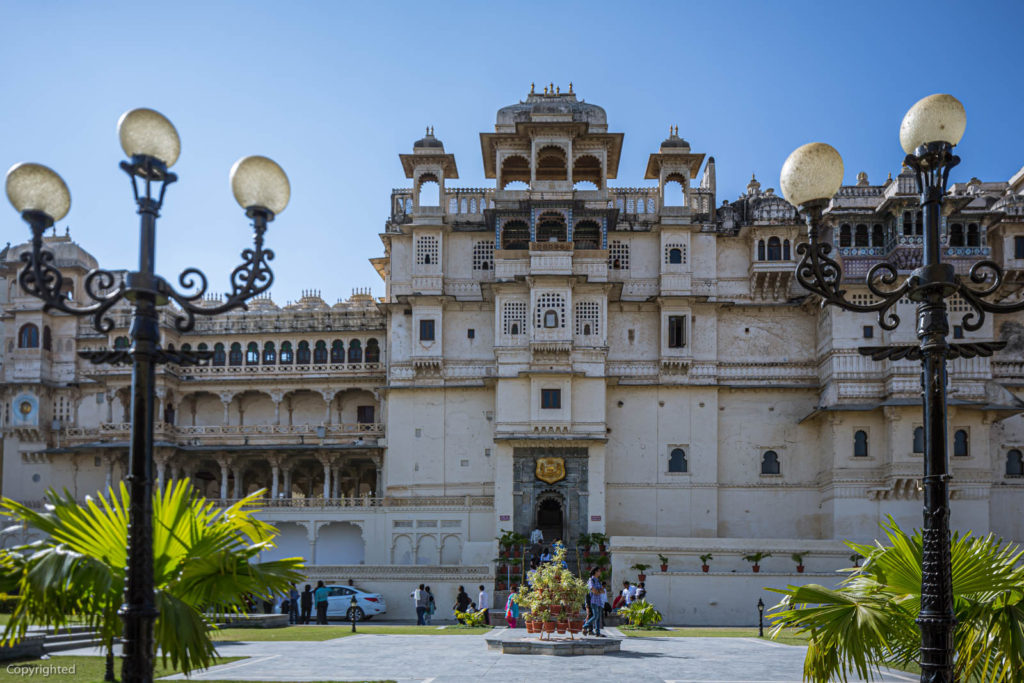
Calling it City Palace is misleading as it houses 11 different palaces. Those splendid palaces, though built by different rulers, bear a remarkable similarity. Many towers, domes, and arches embellish this complex. On the banks of Lake Pichola, the complex resembles a cruise liner.
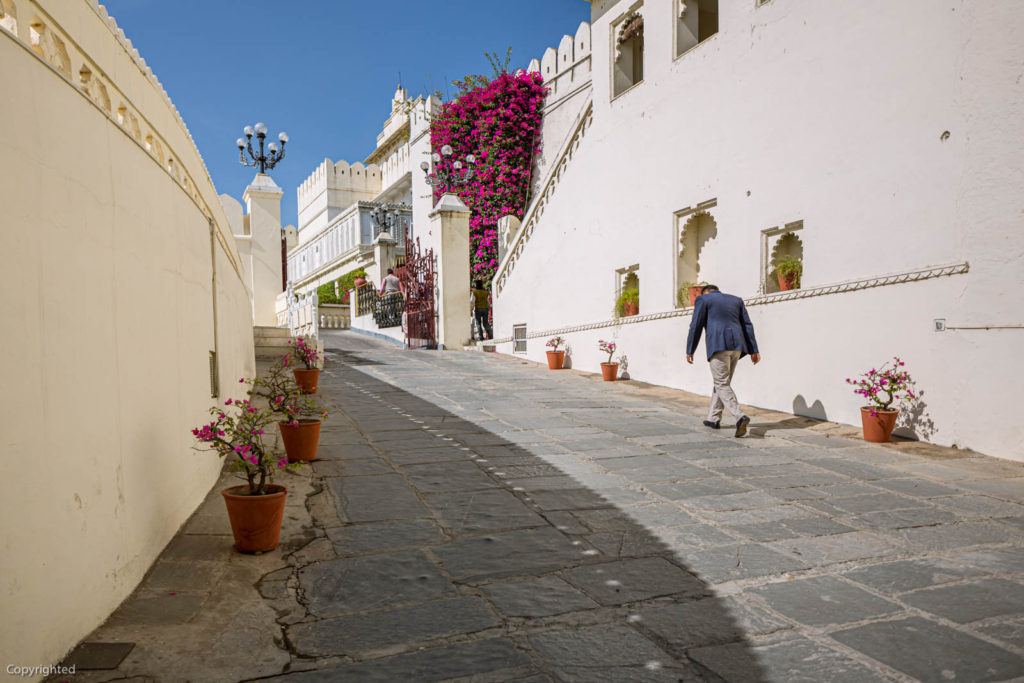
There are several gates (Pol) within the complex. Its primary entrance is Bada Pol (Enormous Gate), and it leads to Tripolia (Three-arched Gate). Dotted with courtyards, pavilions, terraces, corridors, rooms, and gardens, encircled by almost impregnable fortifications, they built the complex with granite and marble. Most of the place is a museum, I believe. I assume that Manak Mahal, Bhim Vilas, Zenana Mahal, and most of the places are being used to display the royal artefacts.

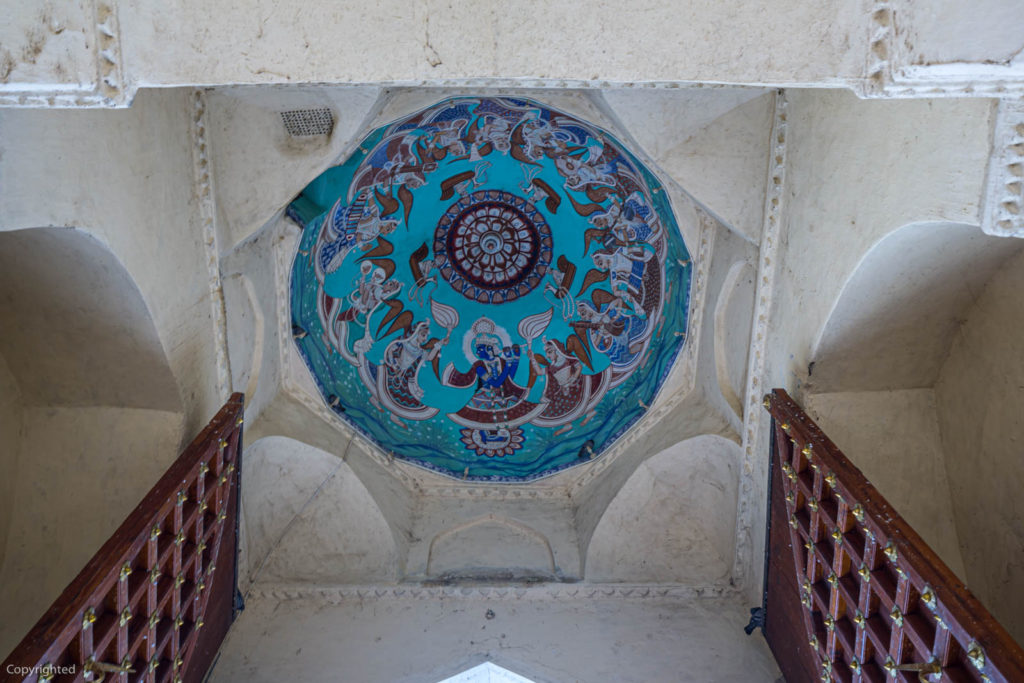
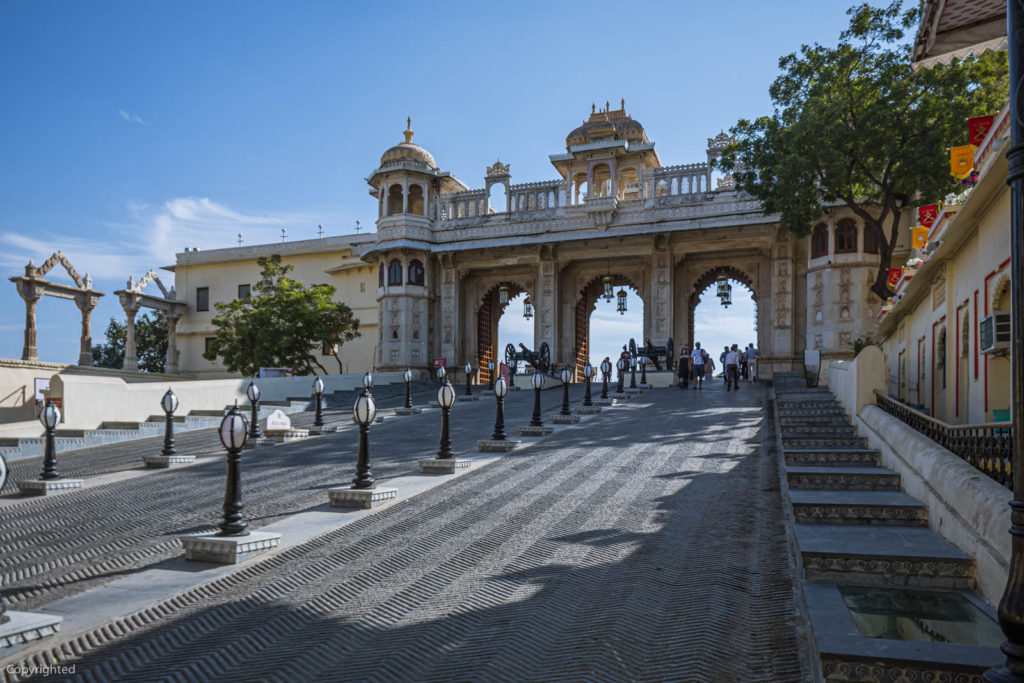
Inside City Palace
Between Bada Pol and Tripolia, there are eight arches (Torana). Here, they weighed the kings in gold and silver. Besides Tripolia, you will spot an arena that staged elephant fights. Across Tripolia, you enter Hathi Pol (Elephant Gate). While Manak Mahal (Ruby Palace) houses crystal and porcelain, the ruling dynasty had stuffed the entire complex to gills with antique furniture, paintings, exquisite mirrors, and ornamental tiles.
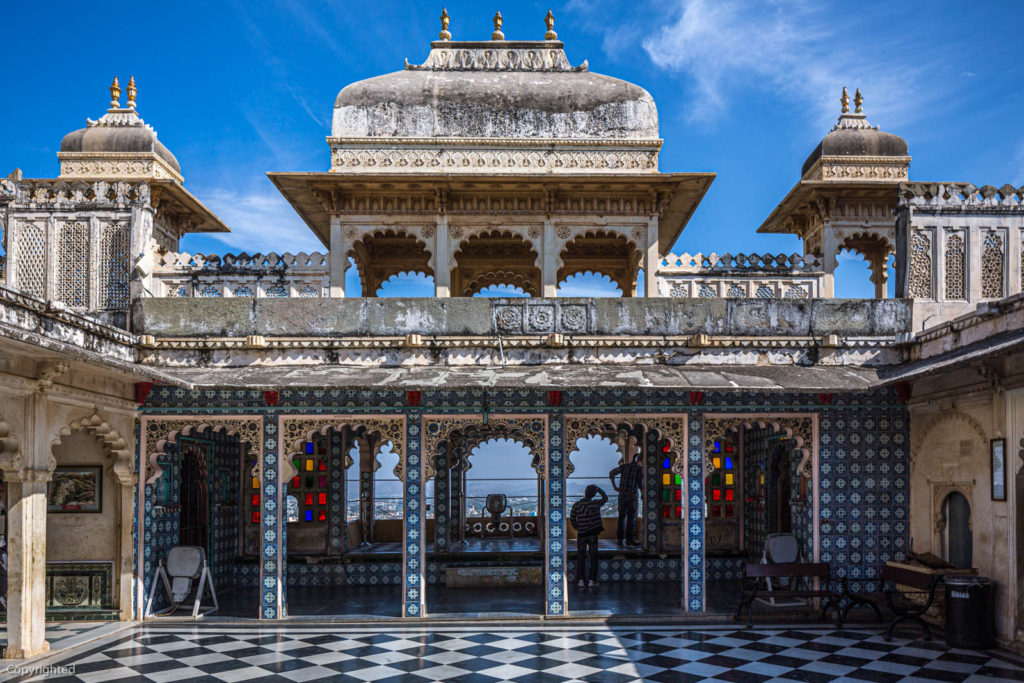
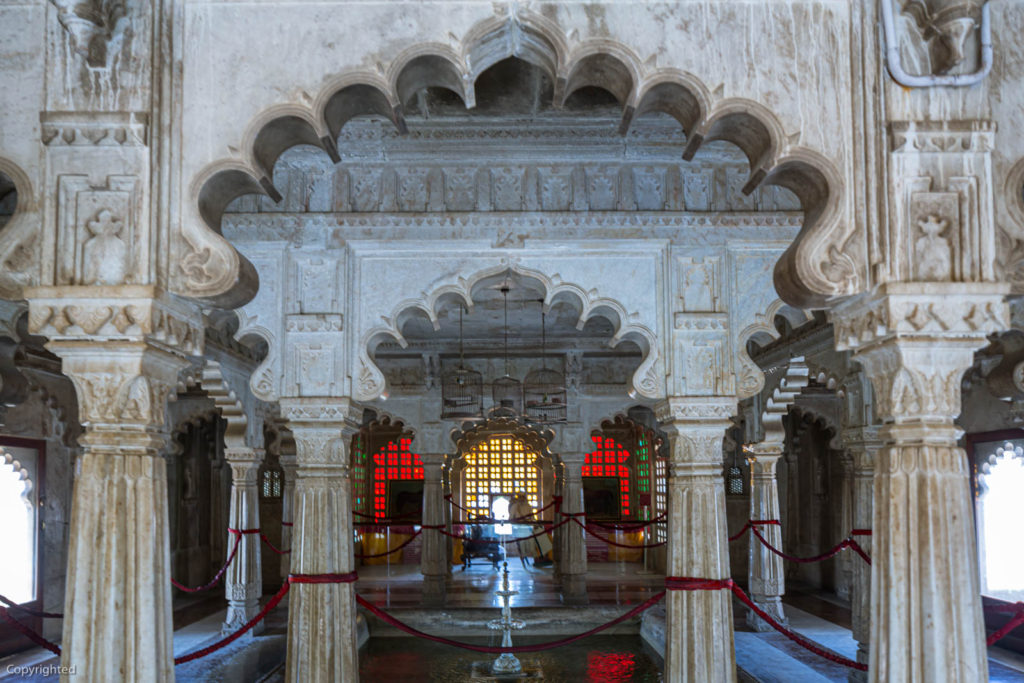
Marble arches and large spaces within 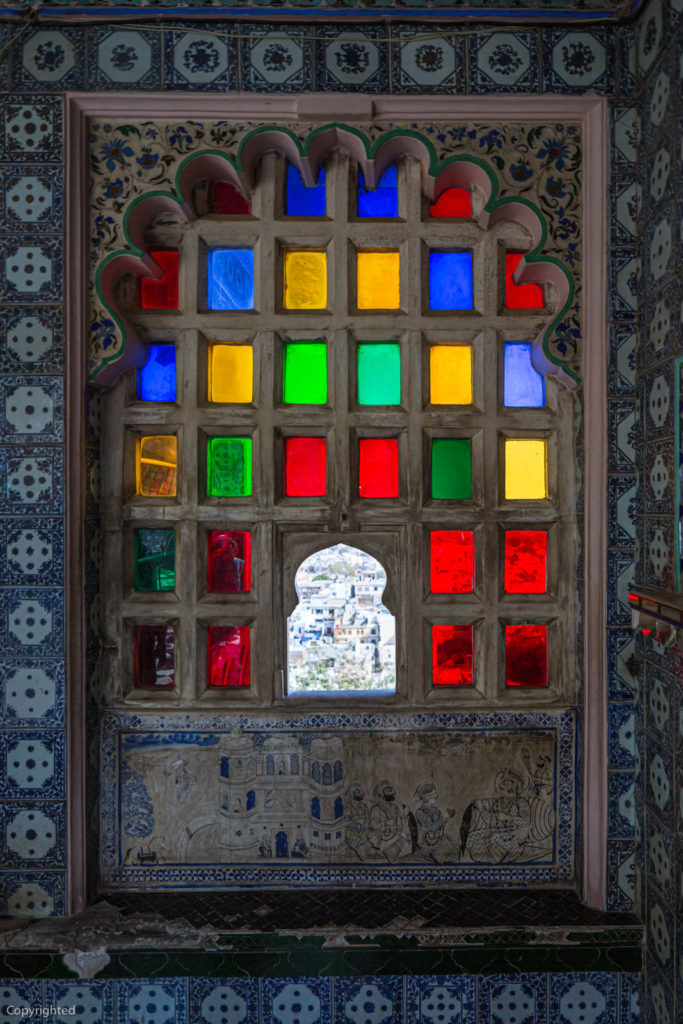
Stained glass windows embellish the decor
Close to Manak Mahal is Bhim Vilas (Pavilion). It houses an elaborate collection of miniature paintings depicting stories of Radha-Krishna. Krishna Vilas also exhibits miniature paintings, but these, themed around royal processions, festivals, and royal games.
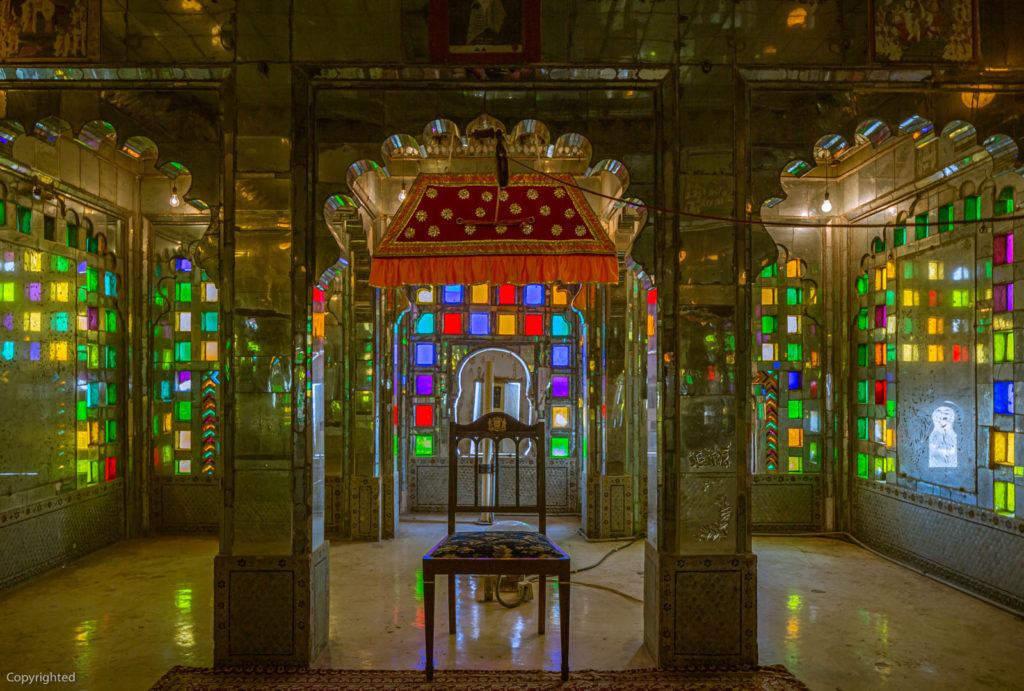
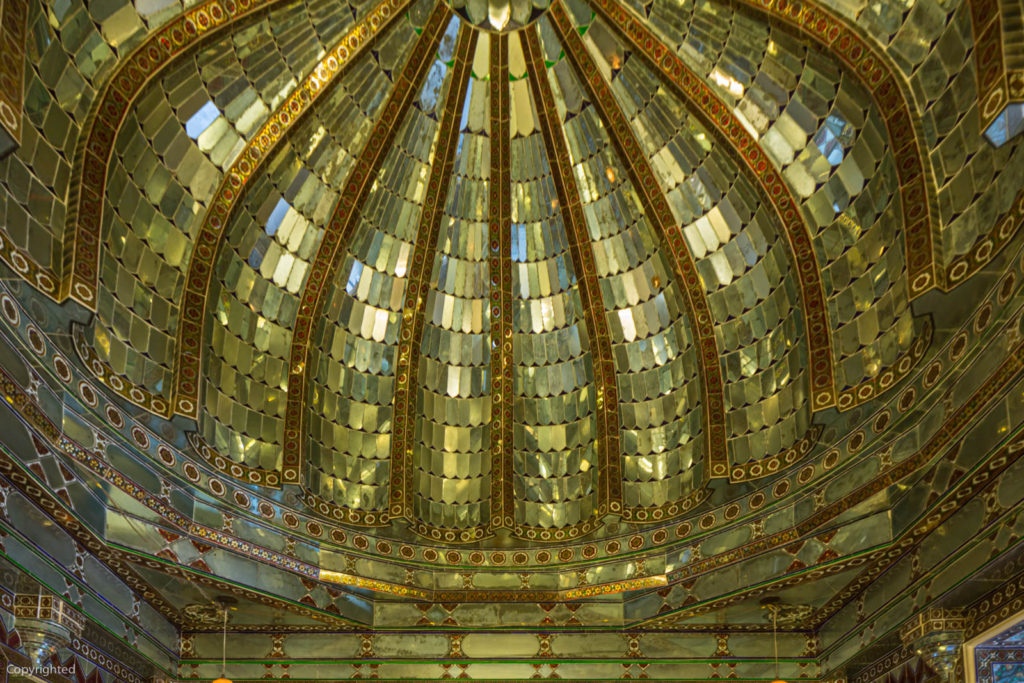
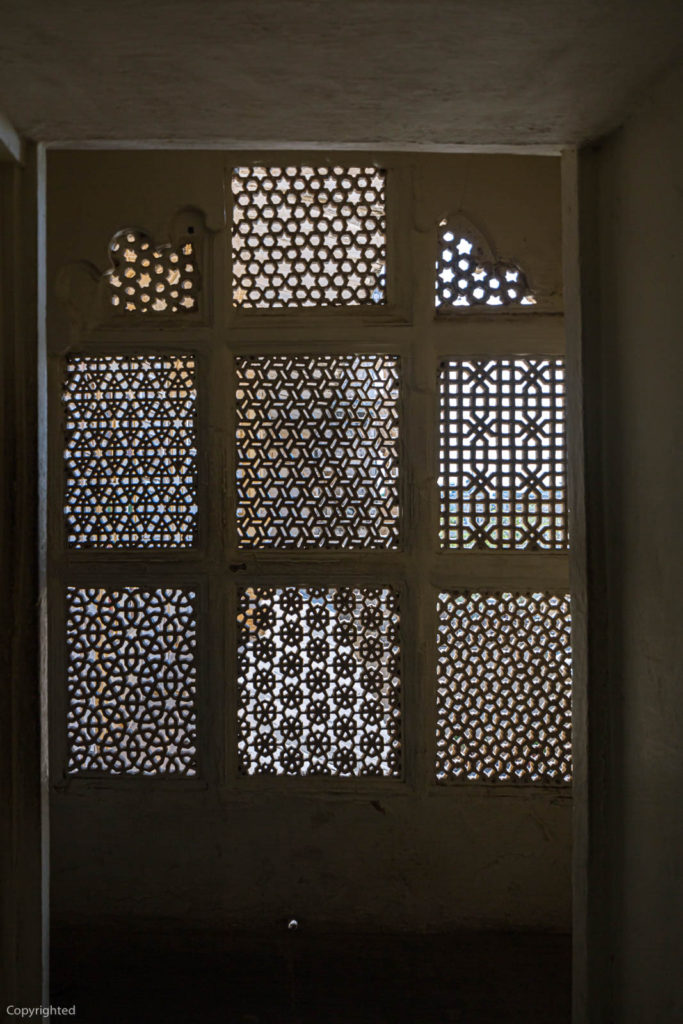
As you take in the lavish decor of Moti Mahal (Pearl Palace), the shiny decorative mirrors of Sheesh Mahal (Palace of Mirrors) will leave you dazed with their brilliance. In addition, the entire complex sports some superb masterpieces of latticework.
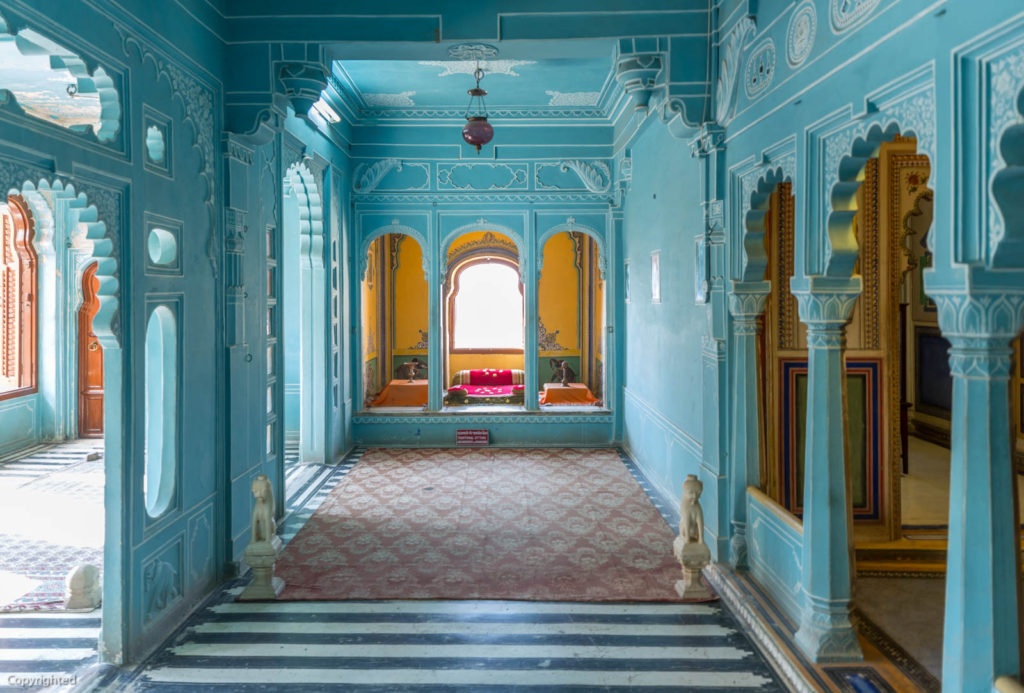
Deeper Within
An interesting site in the complex is the Chini Chitrashala (Chinese Art Gallery). This unique enclosure displays Chinese and Dutch tiles. And the Dilkusha Mahal (Heart-warming Palace) exhibits some stunning murals and paintings.
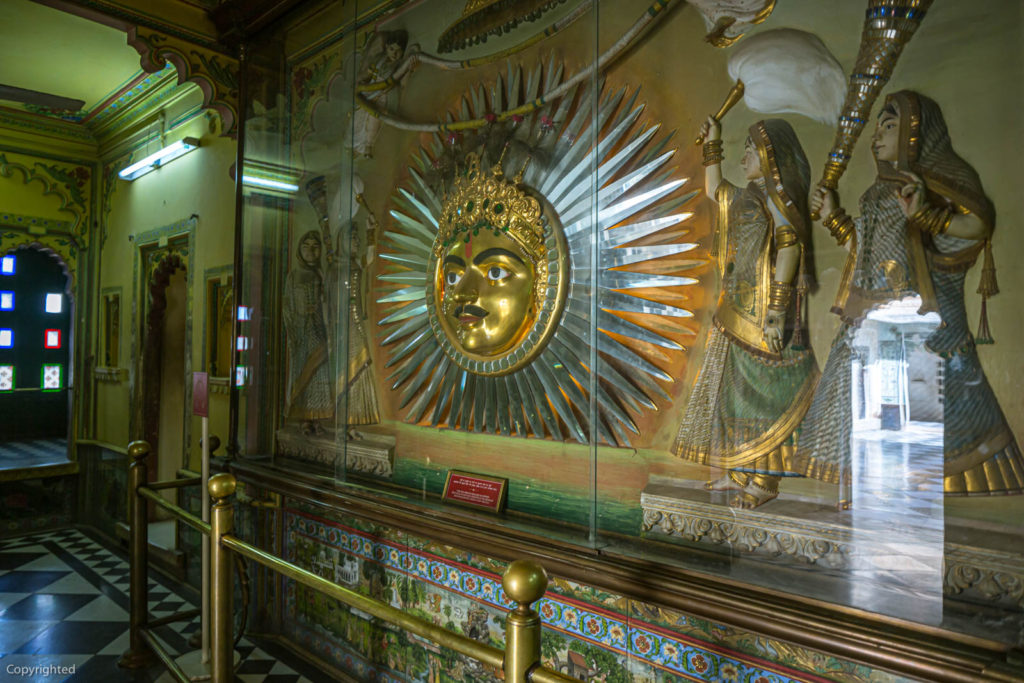
During my wanderings around the palace complex, I saw something I hadn’t seen elsewhere – a room dedicated to carrier pigeons! In those days, these avians were the fastest mode of communication, and the Udaipur rulers took pains to keep this channel healthy.
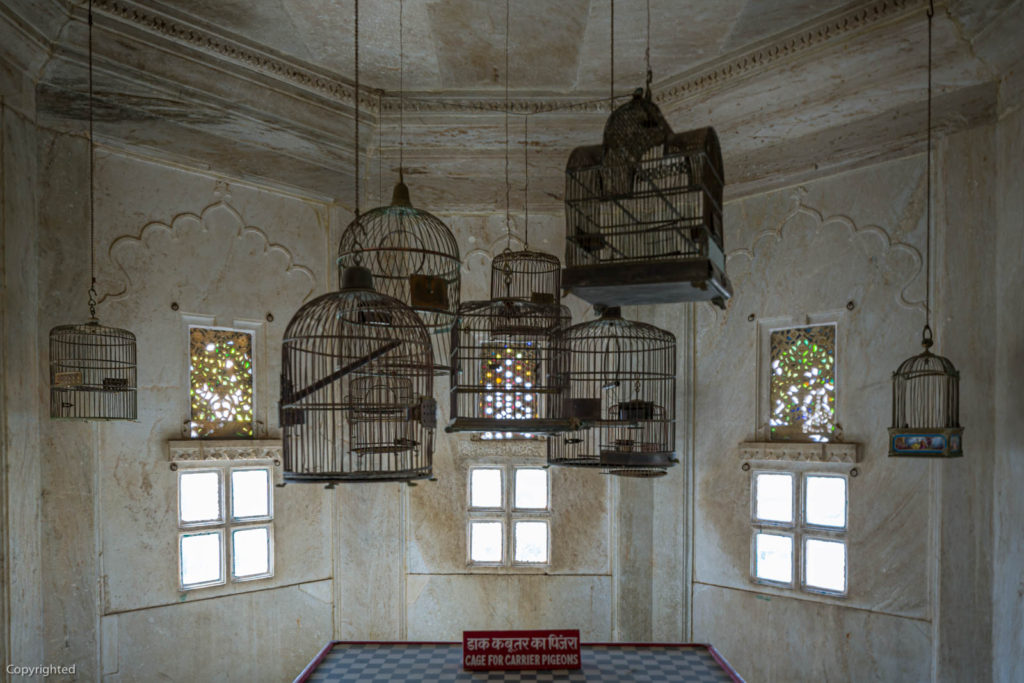
Bada Mahal is a garden palace built on a 90-feet high natural rock formation. Close by, in Rang Bhawan (Palace of Colours), they stored the royal treasure. Mor Chowk (Peacock Square) displays stunning glass mosaics of peacocks.
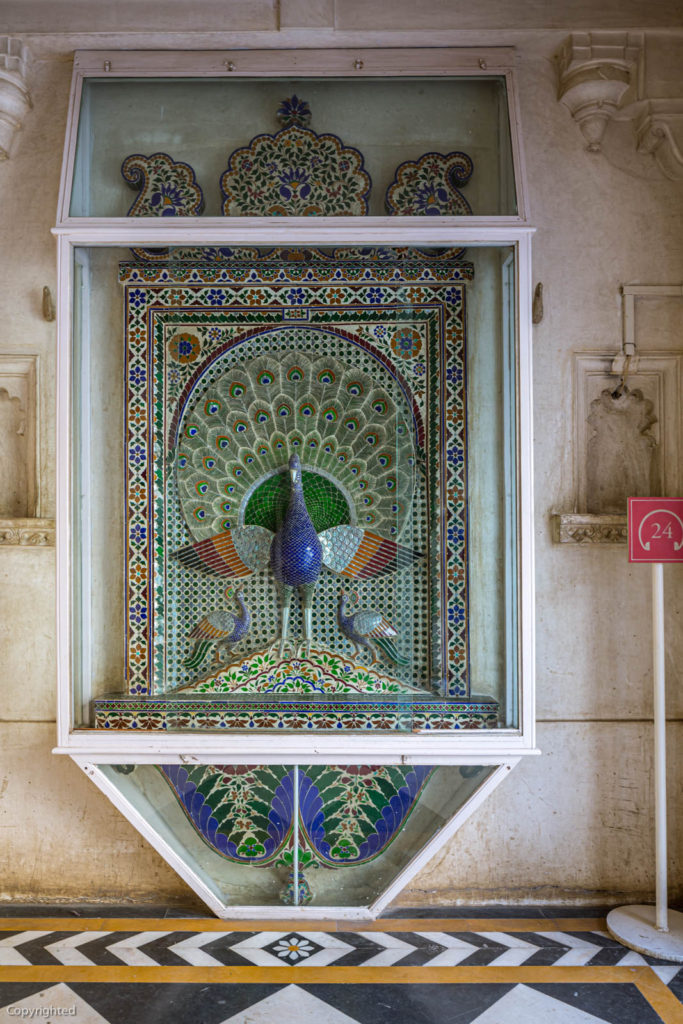
The highest point of the palace complex is the Amar Mahal (Immortal Palace). Near Lakshmi Chowk, a white pavilion, Amar Mahal accords some breathtaking views of the Lake Pichola from its towers and terraces. Its hanging gardens, replete with fountains, calm the nerves.
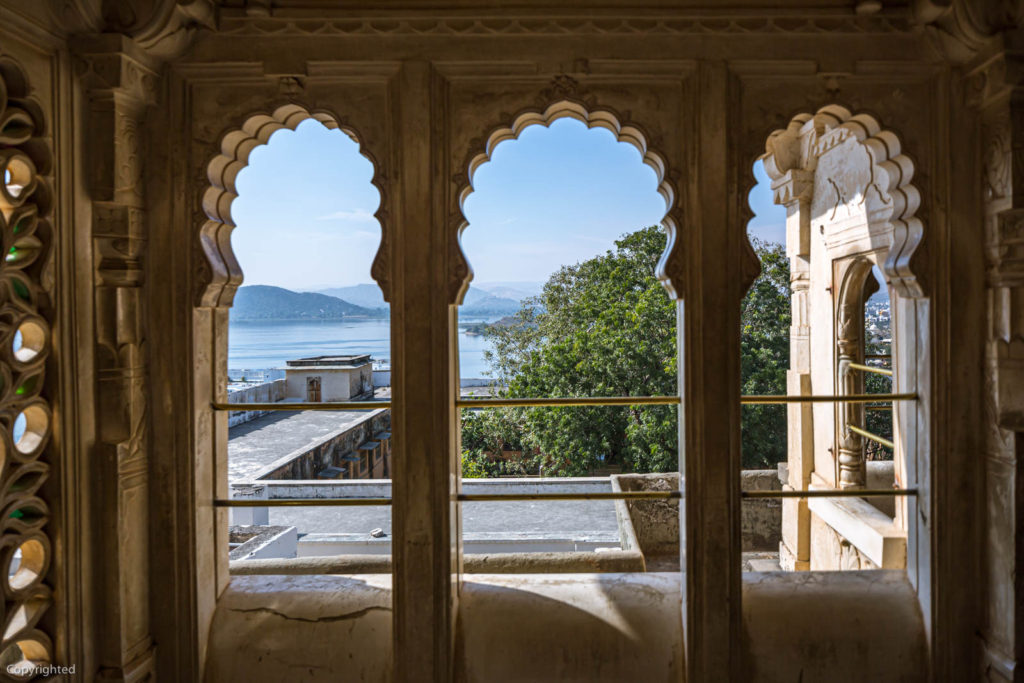
They structured the entire City Palace complex to offer a gorgeous view of the lake from its balconies, cupolas, and towers. No amount of description can do justice to the eye-pleasing vistas every turn reveals. Visit and you will know why.

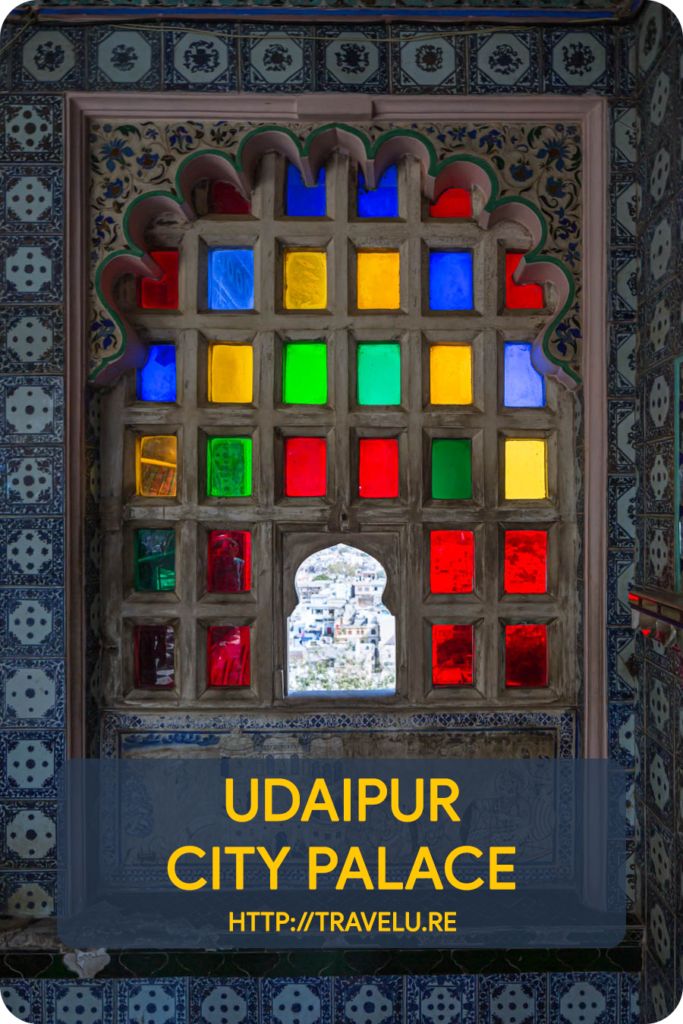
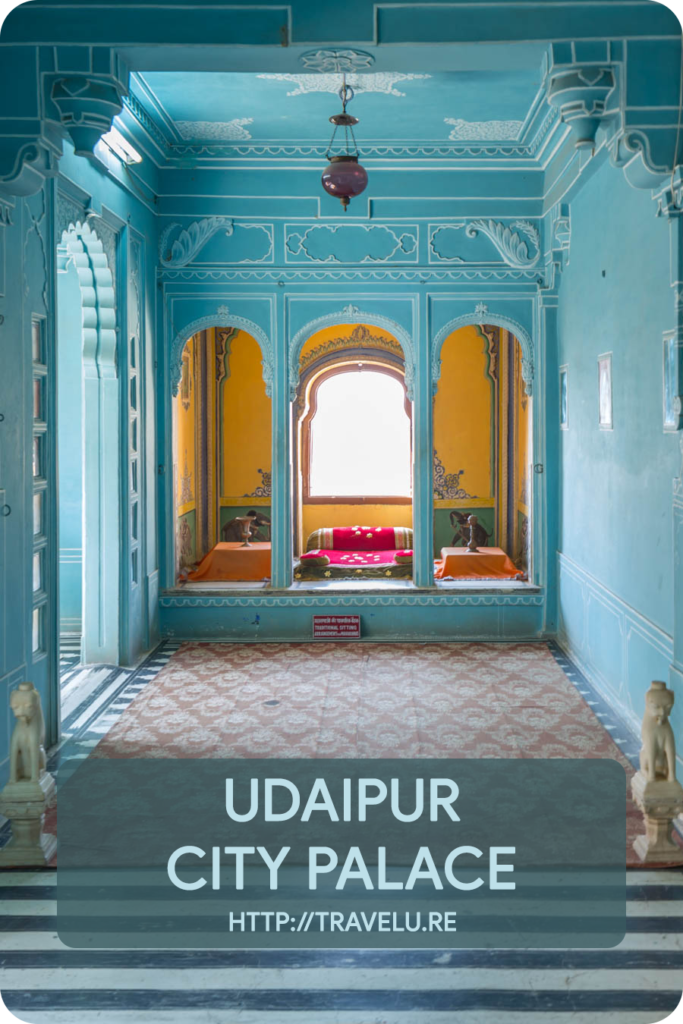
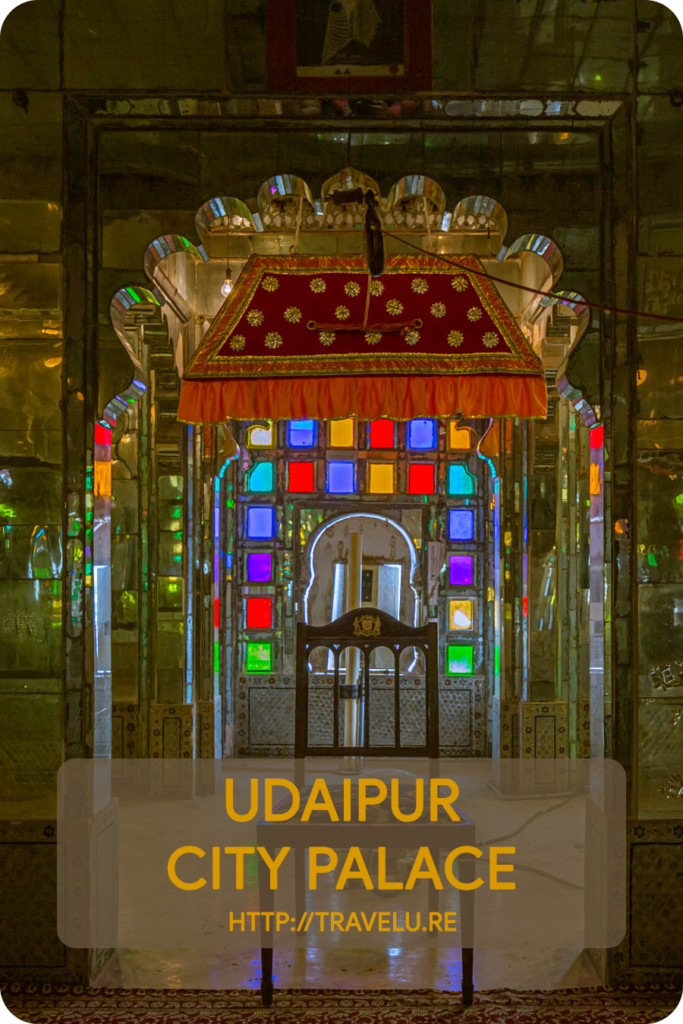
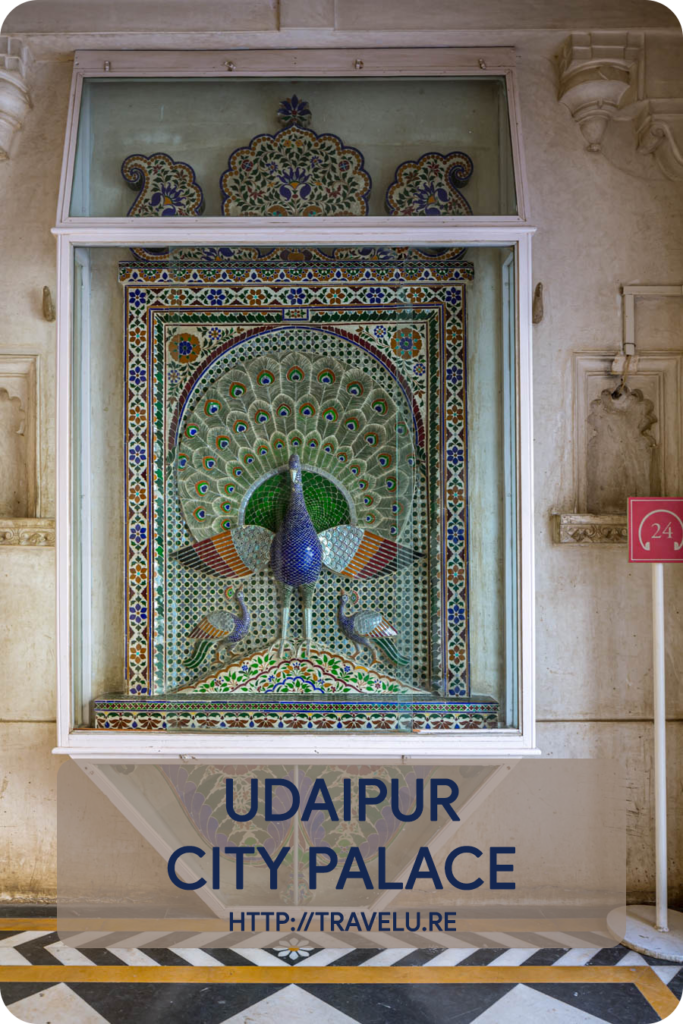
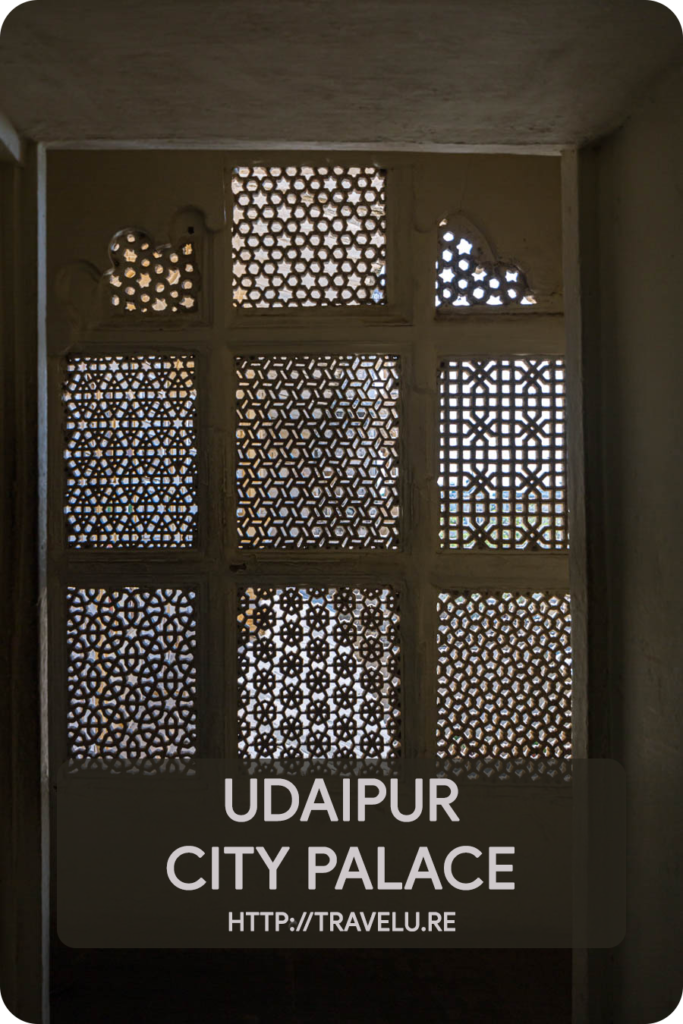





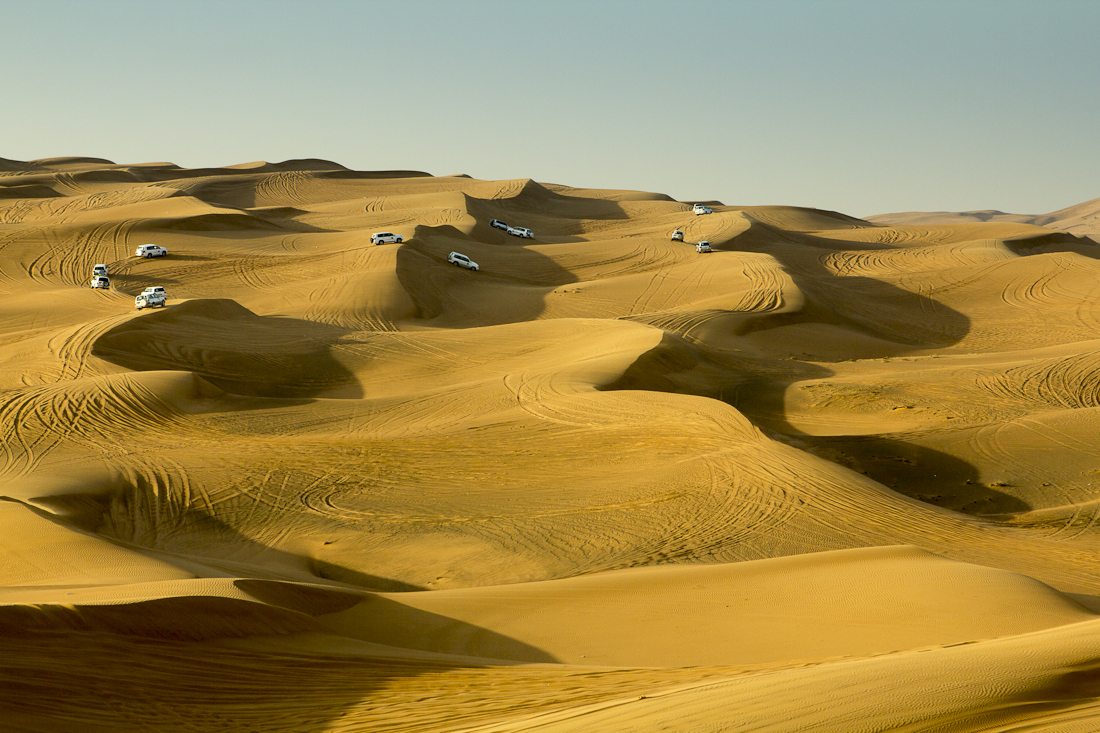









Hii, You have described udaipur in an excellent way with your words and good images. I had never been in udaipur, but your blog makes me visit this place, I would definitely visit this place in my next vacation.
Thanks a lot, railrecipe019! My endeavour is always to make destinations desirable.